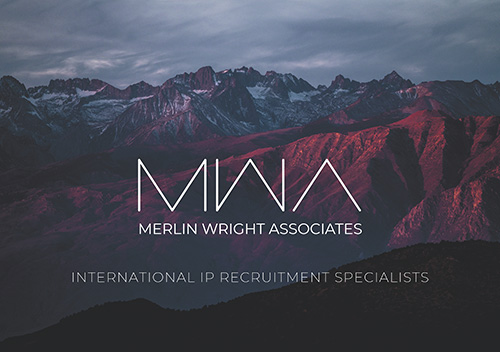How to Adapt Your Recruitment Process in 2020
SOURCING TALENT
With uncertain times all around us, it is natural to be nervous about making appointments. However, legacy vacancies may still need to be filled as well as carrying out key hires through the course of 2020. We have a number of new client instructions embarking on this process, at a time when candidates may be anxious about stepping into a new role. How will the market react to this?
Running a search does have certain advantages. It shows your company is robust and strong in these difficult times and able to maintain its strategic goals. Additionally, there are fewer competitors going after the same talent, which means you get access to a greater pool of high potential candidates.
From the candidate perspective, you will have less competition due to the concern some people might have in making a career move during these times. This is an opportunity to reach out and embark on a substantial career step, which represents career stretch and growth beyond the first year.
HIRING WITHOUT MEETING
Infection = Exposure to Virus x Time
[Bromage, 2020]
The viral load that Covid-19 can emit in different environments is a factor all companies are taking into account when they start to return to an office environment. Hence, a large proportion of hiring programmes will still remain virtual.
In talking to a Dutch client recently, they confirmed hiring six people without actually meeting them. We asked them how do they ensure they have made the right decision from a virtual platform? The obvious response was the need to have a robust virtual interviewing process.
And this starts well before the interview phase:
- Make the first video interview as a social and informal twenty- minute session. This is to help engage in a relaxed format and to allow you the opportunity to provide a short pitch of your company and the overall mission this role will serve.
- Engage a wider selection of stakeholders to confirm the skill-set required and key performance objectives to be achieved.
- Try to avoid panel interviews but arrange a number of additional interview steps of one-to-one interviews. Make sure that you have one person coordinating the interviewers to ensure good structure.
- Make the final interview a conversation to include the hiring manager and team so that the department dynamics can be presented to the candidate.
- Throughout the process, you need to sell more than usual due to the virtual nature of the recruitment campaign. Therefore, be clear what your employee value proposition is i.e. the job stretch expected for the person in the first year, the intrinsic motivators and the growth potential they will attain beyond the first year. Explain your company’s business objectives and what is important about this role to the overall effectiveness of this mission. Also communicate your current Covid-19 strategy and when we come out the other side.
Ultimately, the candidate may not choose to accept a role without meeting face to face. Therefore, think about the interview environment. The viral loading is far less outdoors compared to an office. Interview outdoors or if indoors, think carefully about the environment and the use of your personal protective equipment.
VIRTUAL ON-BOARDING
We are finding that candidates are becoming comfortable with accepting positions without meeting face-to-face. However, the on-boarding process must be extended compared to the in-person experience.
‘It is necessary to be very deliberate in developing a remote on-boarding strategy and to dedicate twice as much effort and time to executing that strategy compared to an in-person process’
[Groysberg April2020]
To make this work successfully, speak weekly with the candidate through the notice period. We are working with a client who is engaging weekly with the candidate over a two-month notice period. This compares to the normal approach of two or three conversations. By taking a frequent approach to communication, you build the relationship; you get to keep the candidate abreast of what is happening in the organisation, thereby building loyalty. You also show you care!
Make sure that you provide all the necessary technical infrastructure to help the person onboard. Access to the internal IT systems and databases must be seamless and online guidance on how to use them. Important company documents pertaining to the culture of the organisation, code of conduct and policies must be provided and virtual sessions undertaken to orientate the individual.
Elongate the entry phase for a new hire – they may take twice as long to get up to speed in the new role so allow for this time in the scheduling. Give extra time to the new hire and be available and supportive. The Line Manager needs to be front and centre in this process. A mentor should be assigned to the new hire and regular ‘chat’ conferences set up with colleagues. This person should be a long-established employee who acts as a ‘culture carrier’ The Hiring Manager should virtual-meet daily for the first few weeks and then two or three times a week thereafter. Regular contact with key stakeholders should be established and HR should track the employee for the first 45 days.
CONCLUSION
Companies are having to adapt but it may well be a temporary arrangement. However, by going through these processes, you will get to find out what works well for your organisation and how much you can tap into innovative platforms to support your recruiting and on-boarding programme. It may pave the way to a new, more efficient and robust approach for the long term.
REFERENCES:
- Groysberg, B. 27 April 2020. How remote work changes what we think about on boarding. Harvard Business School
- Bromage, ES. 6 May 2020. The risks – know them – avoid them. University of Massachusetts

